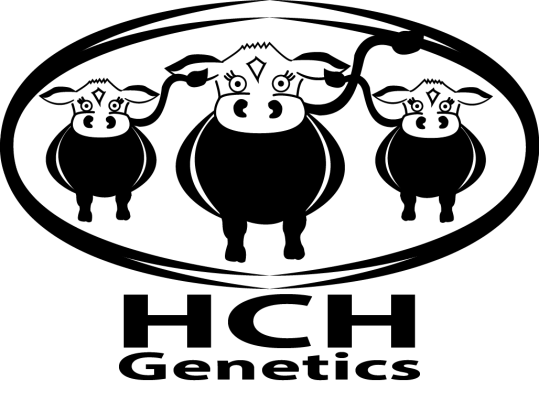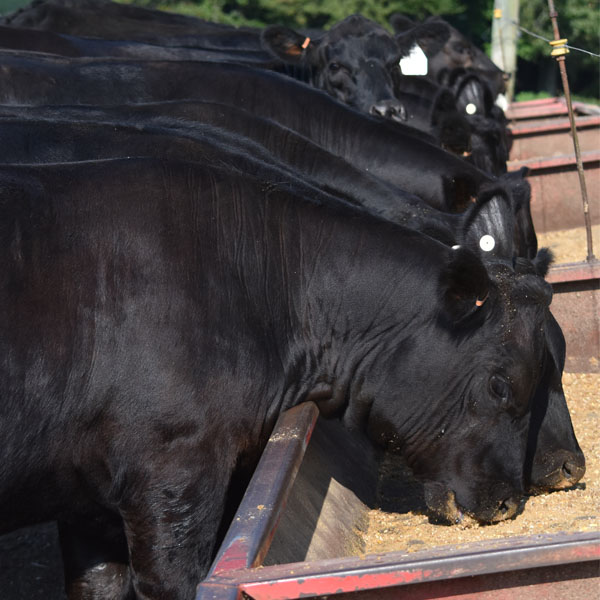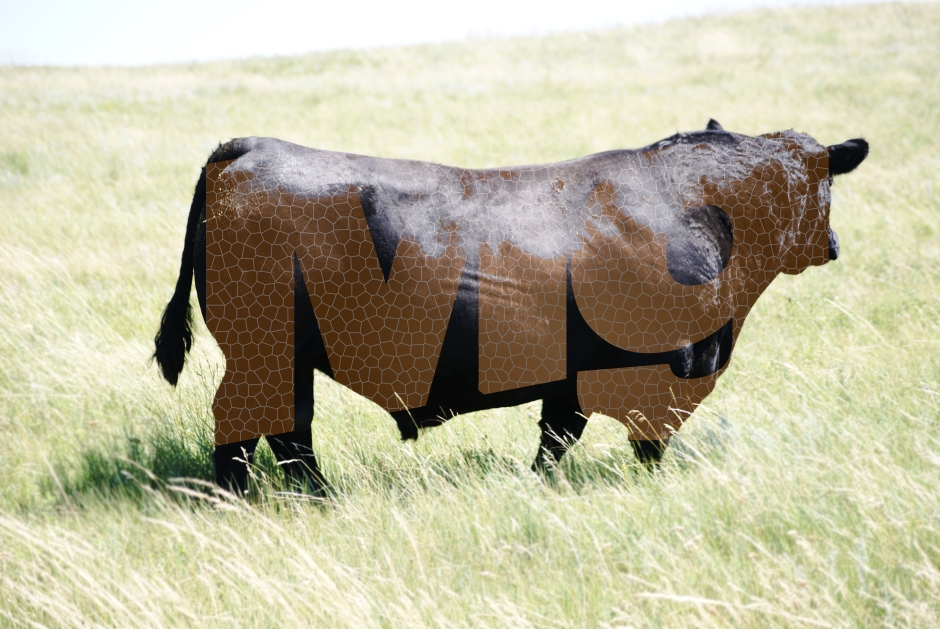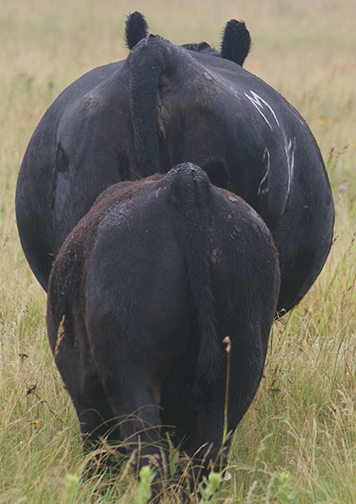
Many purchasers these days insist that the young cattle they receive have been yard weaned. Why is this important and how can it be easily achieved? Once you have tried yard weaning successfully you will wonder why you ever tried any other way.
The first step is to ensure that your yards are large enough and strong enough to handle the mob. If room is an issue, consider splitting the mob and weaning in stages. The yards need to be strong enough to keep the calves in, but also to prevent injury.
You will need to ensure that water is available at all times. Ideally the water should be fresh and clean, although for many of us this can be hard to come by, particularly in times of drought. The better quality the water and the more readily available it is, the more your calves will eat. The more the calves eat, the better their transition will be.
What should you feed? This will depend on what you have on hand or have access to purchase. There are a few things to remember:
- Calves should have access to hay at all times. The hay should have good levels of functional fibre. Pure clover hay would be unsuitable for this reason. The hay you chose is important and it is well worth getting a feed test done. Feed tests will highlight such things as nitrate or water soluble carbohydrate levels, which can cause problems. These can really set your young stock back. It can get fairly messy during a yard weaning and if the calves are on high nitrate feed, they will not only under-perform, they can develop respiratory issues as a result of excess ammonia in the environment. If you are unsure of where to get your feed tested, you can ask your rural store or give us a call and we can point you in the right direction.
- Try and keep the soluble protein and nitrate level as low as possible. This does not mean keep the protein low. Fast-growing young stock have smaller rumen sizes relative to the rest of their body and their demand for feed protein is high.
- Along with access to hay and water at all times, calves should be fed once a day with a concentrate supplement. If calves have been on a lick feeder or creep fed, they can remain on this system, (creep feeding is a superior method to lead into weaning and will be discussed in later articles).
- Ideally, purchase a feed that is high in bypass protein, through inclusion of ingredients such as canola meal or soybean meal. Most stock feed mills cater for the needs of young stock, so it is a good idea to ring and ask which is an appropriate mix to use. If you are in doubt, we can help you out with advice.
- Calves must be weaned onto concentrate feeds to avoid acidosis. This is particularly important if calves have not previously had access to cereal grains. On day-one of weaning, offer a small line of feed along the bottom of all troughs about 5cm in width. Watch the feeding behaviour. Once about a quarter of the calves are eating, slowly, over 4 to 5 days, increase the feed up to about 1.5 to 2kg per head per day depending on size and growth requirements. To get the amount of feed fine-tuned, it is best to weigh at weaning and discuss growth goals with an animal nutritionist.
- If you find the calves are not interested in concentrate feed during the initial stages of weaning, purchase some molasses and tip this over the top of the feed, or mix it through, whichever is most convenient. This is simply to attract the calves via the smell, so the exact quantity does not matter and you can water it down to make handling easier if you wish. Raw sugar has a similar effect.
- Always use troughs for cattle. Pellets or grain mixes should not be fed to cattle on the ground. They are not as efficient as sheep at accessing it like this and they will tend to consume a fair amount of soil. There is anecdotal evidence that the incidence of clostridial type diseases such as Blackleg, Pulpy Kidney and Black Disease increases when cattle are fed concentrate on the ground. The clostridial bacteria can survive for long periods of time in soil. Young stock should be vaccinated with 7 in 1 or 5 in 1 prior to weaning to prevent this.
- Once the calves have settled down and can be let out into pasture, continue to offer the hay they have been on for about a week. Ideally the amount of pasture offered should be increased gradually. Concentrate feeding can be slowly weaned back down again if the pasture offered is of good enough quality. This will only be the case if the pasture is not too rank and there is enough of it to fully feed the stock. If this is not the case then continuing with concentrate feed will yield excellent results. In most cases, the longer calves are on concentrate the better their growth rates. Feel free to contact us to discuss duration of concentrate feeding.




